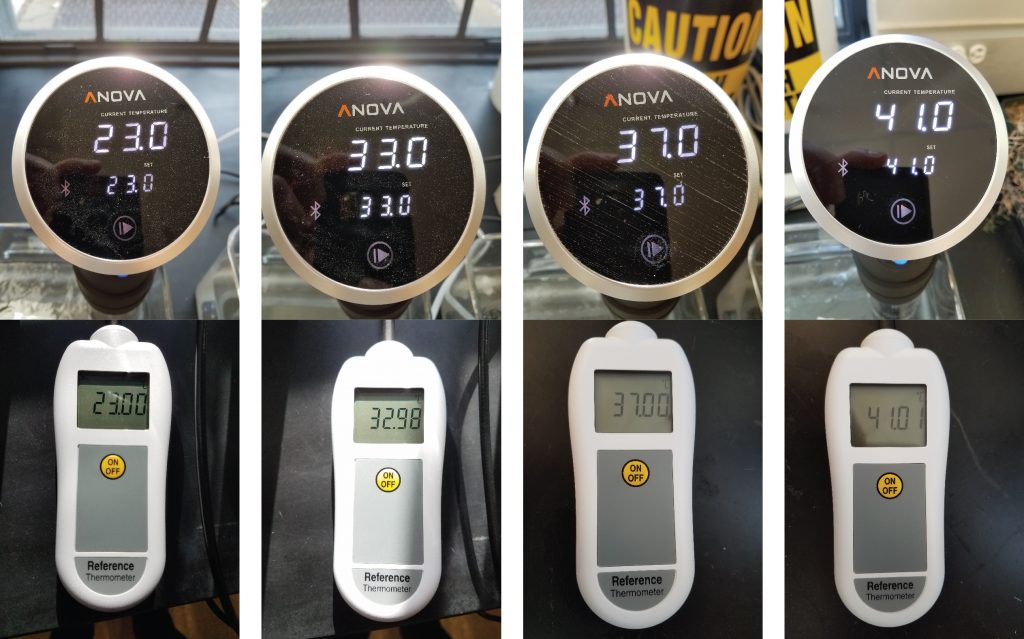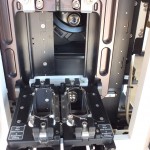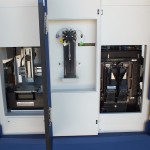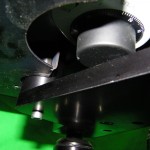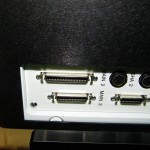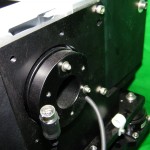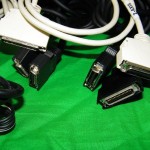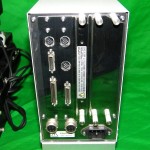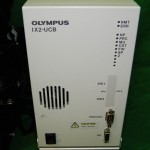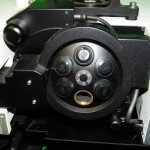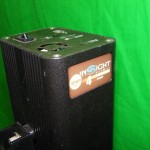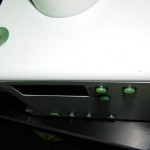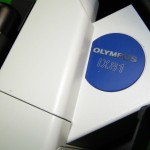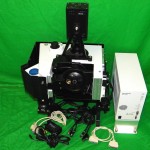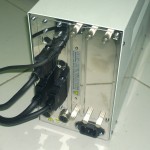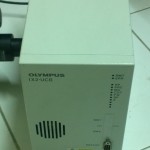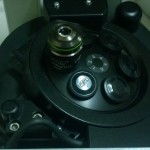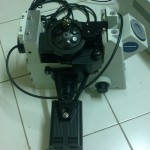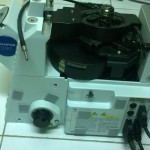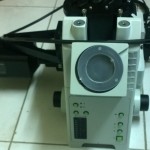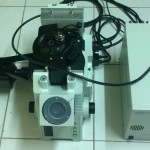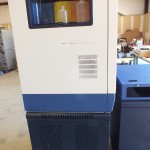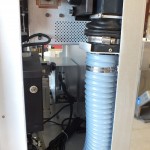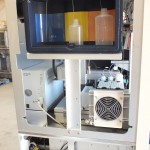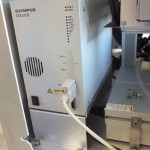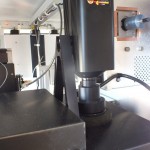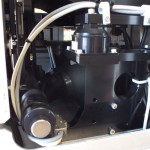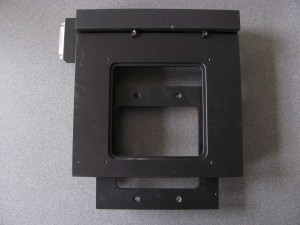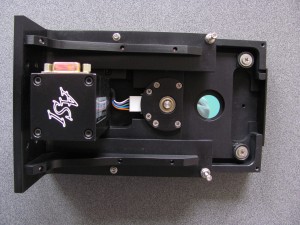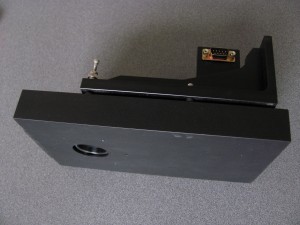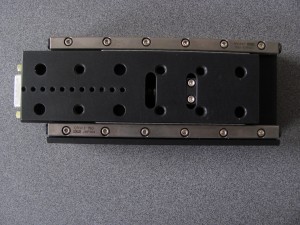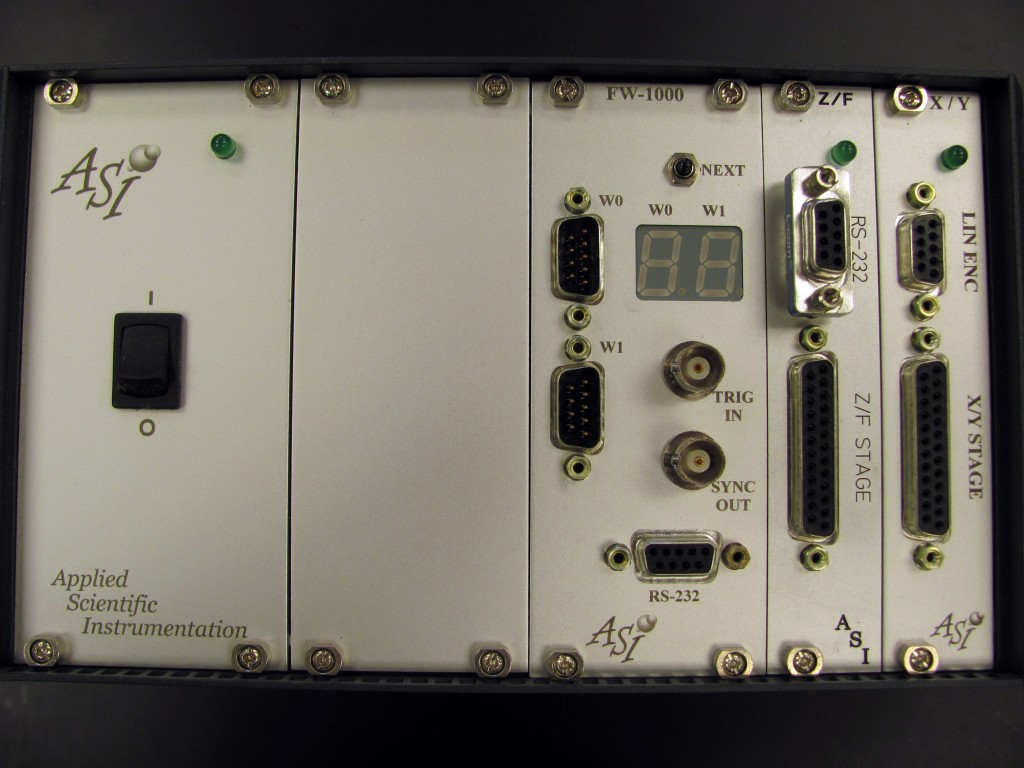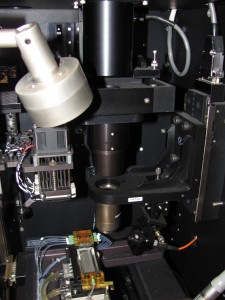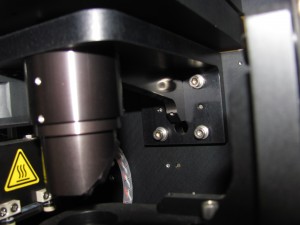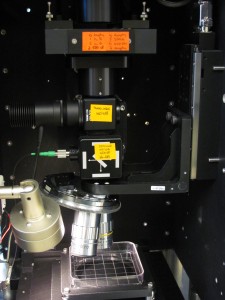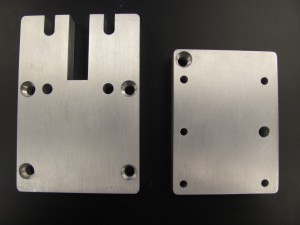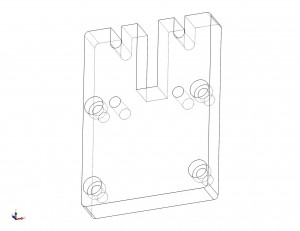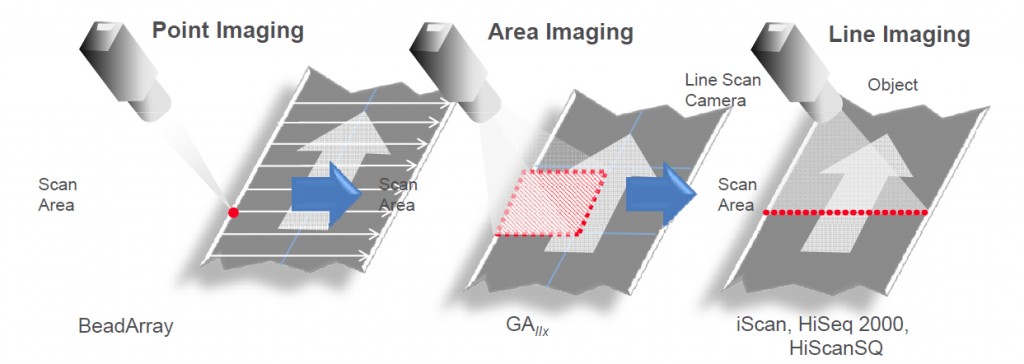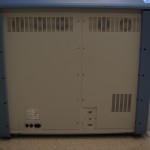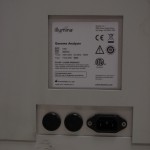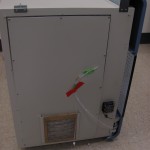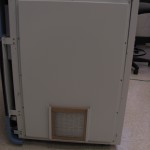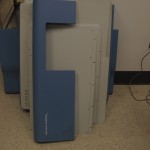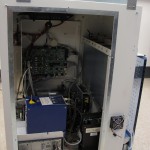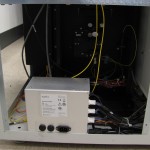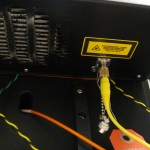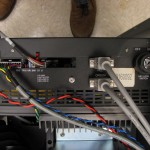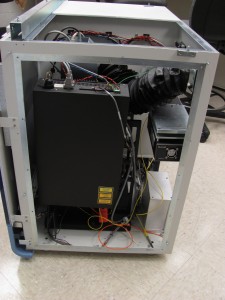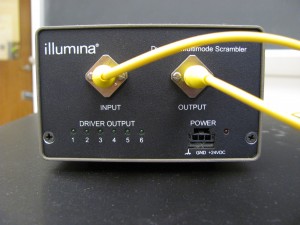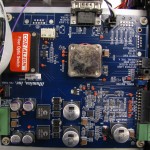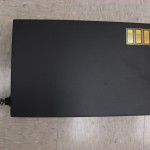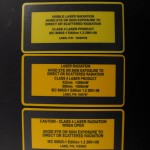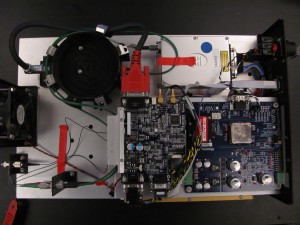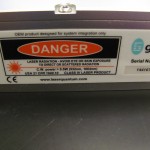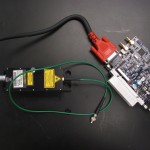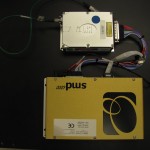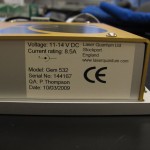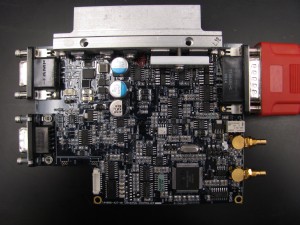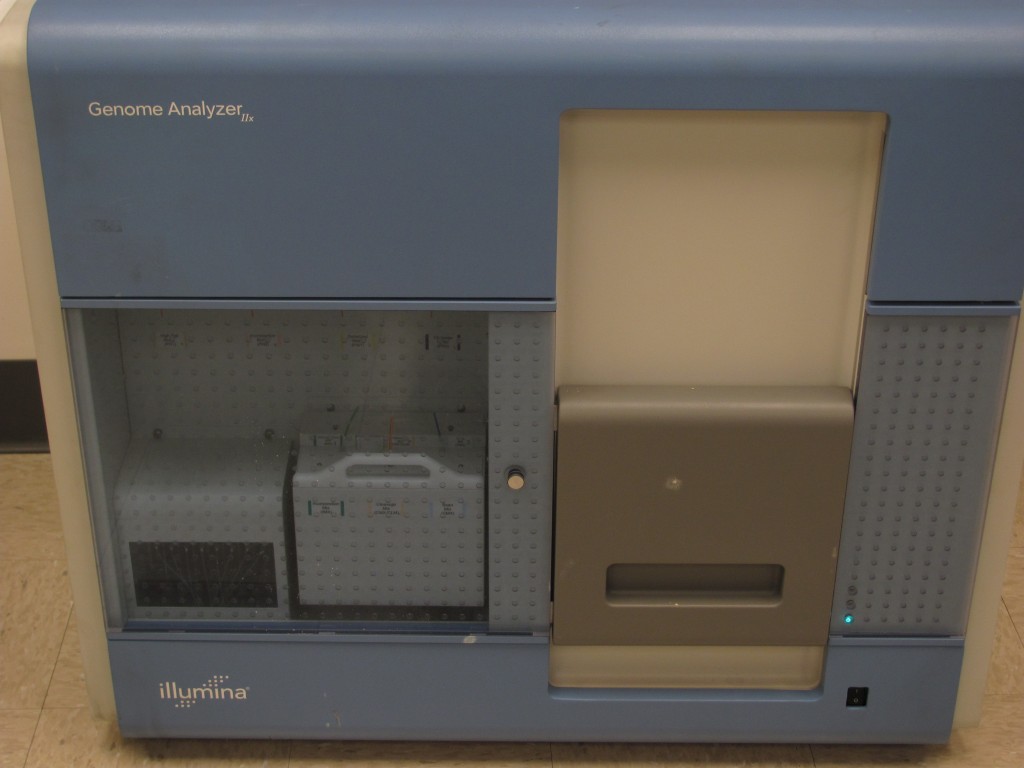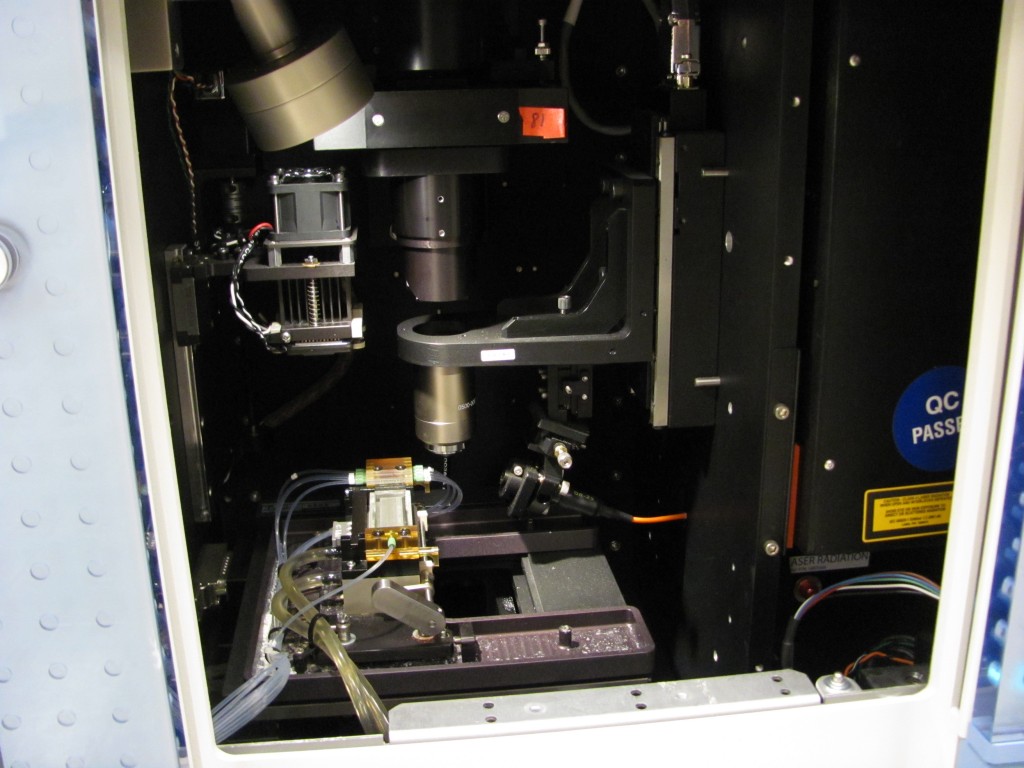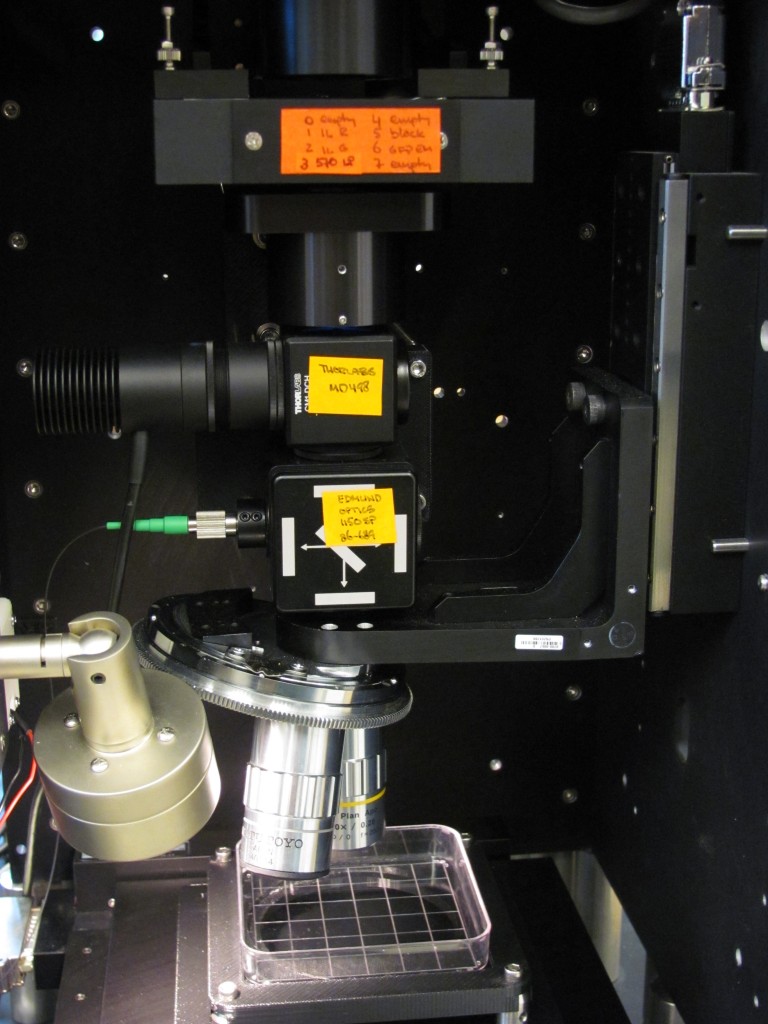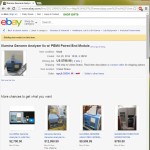Our work on plant temperature responses requires accurate temperature control. We had been using non circulating water baths. The temperatures of these baths fluctuate by several degrees from their set point and, because the water in them is not actively mixed, the temperature also varies spatially across each bath. One solution to both of these problems is to buy circulating water baths. Circulating water baths start at a couple of thousand dollars so if you need a couple it gets expensive quickly.
Sous-vide cooking, a technique used in molecular gastronomy, involves cooking food in a vacuum sealed bag at controlled temperatures. The lore is that chefs started using laboratory recirculating water baths in their kitchens and, as the technique became more popular, cheaper circulation cookers were developed for the home market.
Instead of spending $10k for a set of four lab grade circulating water baths we decided to try out cheap sous vide cookers (Anova bluetooth precision sous vide cookers – $100 each at the time we bought them). This model can be calibrated using a cell phone app which connects to the cooker using Bluetooth (there is a WiFi version as well). Temperature settings can be changed in 0.5ºC increments using a dial on the front of the cooker and the app allows the calibration to be changed in 0.1ºC increments. This suggests that you should be able to get within 0.05ºC of your set temperature as long as your desired set temperature is either xx.0ºC or xx.5ºC.
How good are these cookers? We set up our baths, let them come up to temperature, and then measure the temperature of each bath using a Thermoworks reference thermometer. Two of the four cookers required calibration. In each case the temperature was off by approximately 0.1ºC. Once calibrated, temperatures fluctuated by a couple of hundredths of a degree, were very even throughout the bath, and were stable over long periods of time (20+ hours). These baths perform much better than the ones they replaced.
I’ll update this post if we find that the performance of the cookers degrades over time. For now we’re quite happy with bringing lab inspired kitchen equipment back into the lab.
As of February 2020 the official Anova app no longer includes the ability to calibrate the cookers. This third party Android app does. It also has a simpler, faster interface than the official app and handles communications with multiple cookers much better than the official app.


